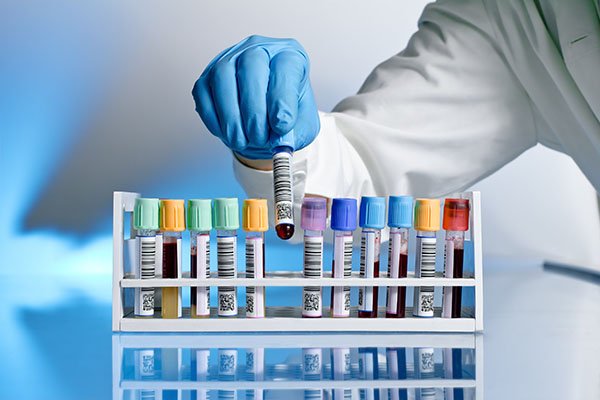Trends in Nursing Documentation Software Impacting Hospital Supply and Equipment Management in the United States
Summary
- Nursing documentation software is becoming increasingly popular in hospitals across the United States.
- Key trends include the move towards cloud-based solutions, interoperability with other systems, and the integration of Artificial Intelligence.
- These trends are aimed at improving efficiency, accuracy, and patient outcomes in healthcare settings.
Introduction
Nursing documentation is a crucial aspect of patient care in hospitals, as it ensures that accurate and timely information is available to Healthcare Providers. In recent years, there has been a shift towards using nursing documentation software to streamline this process and improve efficiency. This article will explore the key trends in nursing documentation software in the United States and their impact on hospital supply and equipment management.
Cloud-based Solutions
One of the major trends in nursing documentation software is the move towards cloud-based solutions. This allows nurses and other Healthcare Providers to access patient information from anywhere, at any time, as long as they have an internet connection. Cloud-based software also eliminates the need for physical servers and infrastructure, reducing costs for hospitals. Additionally, cloud-based solutions offer scalability, flexibility, and automatic updates, ensuring that hospitals are always using the most up-to-date software.
Interoperability
Another key trend in nursing documentation software is interoperability with other systems, such as Electronic Health Records (EHRs) and medical devices. Interoperability ensures that different systems can communicate and share data seamlessly, reducing the risk of errors and improving the continuity of care. For example, nursing documentation software that is interoperable with EHRs can automatically populate patient information, saving time for nurses and reducing the likelihood of data entry mistakes.
Integration of Artificial Intelligence
Artificial Intelligence (AI) is also being integrated into nursing documentation software to improve efficiency and accuracy. AI can help automate repetitive tasks, such as data entry and documentation, allowing nurses to focus on patient care. AI-powered algorithms can also analyze large amounts of data to identify trends and patterns, helping Healthcare Providers make more informed decisions. For example, AI can alert nurses to potential medication errors or provide recommendations for treatment plans based on evidence-based guidelines.
Impact on Hospital Supply and Equipment Management
The trends in nursing documentation software have a significant impact on hospital supply and equipment management. By streamlining documentation processes and improving efficiency, software can help reduce the time nurses spend on administrative tasks, allowing them to spend more time with patients. This can lead to improved patient outcomes, as nurses can focus on providing high-quality care. Additionally, interoperability with other systems can enhance communication between different departments, ensuring that Supply Chain and equipment management are aligned with patient needs.
Conclusion
In conclusion, nursing documentation software is evolving to meet the needs of hospitals in the United States. Cloud-based solutions, interoperability, and the integration of Artificial Intelligence are key trends that aim to improve efficiency, accuracy, and patient outcomes. By leveraging these trends, hospitals can enhance their supply and equipment management practices, ultimately leading to better care for patients.

Disclaimer: The content provided on this blog is for informational purposes only, reflecting the personal opinions and insights of the author(s) on the topics. The information provided should not be used for diagnosing or treating a health problem or disease, and those seeking personal medical advice should consult with a licensed physician. Always seek the advice of your doctor or other qualified health provider regarding a medical condition. Never disregard professional medical advice or delay in seeking it because of something you have read on this website. If you think you may have a medical emergency, call 911 or go to the nearest emergency room immediately. No physician-patient relationship is created by this web site or its use. No contributors to this web site make any representations, express or implied, with respect to the information provided herein or to its use. While we strive to share accurate and up-to-date information, we cannot guarantee the completeness, reliability, or accuracy of the content. The blog may also include links to external websites and resources for the convenience of our readers. Please note that linking to other sites does not imply endorsement of their content, practices, or services by us. Readers should use their discretion and judgment while exploring any external links and resources mentioned on this blog.
